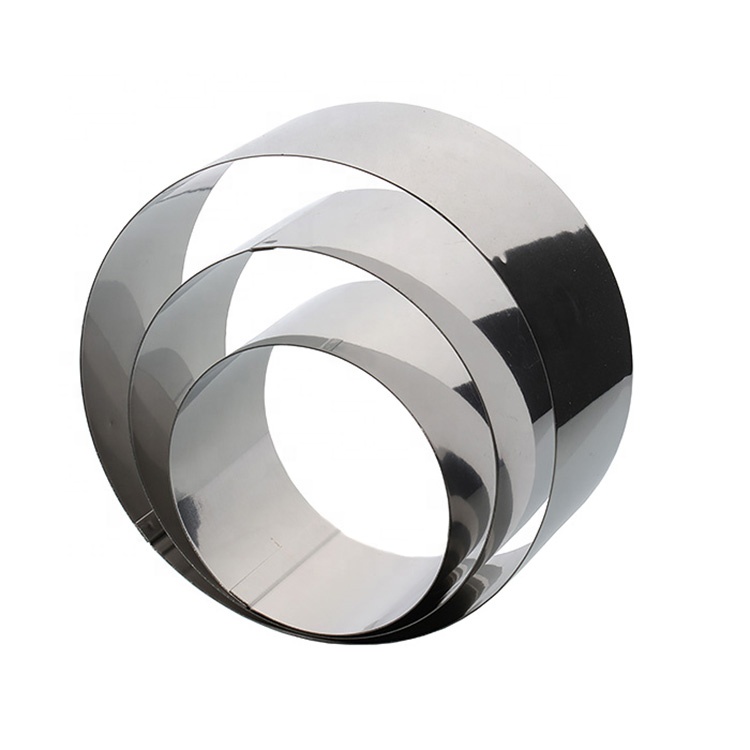- Phone:+86-17331948172 +86-0319-8862898
- E-mail: inquiry@puxingclamp.com
Dec . 15, 2024 18:13 Back to list
304 stainless steel hose clamps manufacturer
The Essential Guide to 304 Stainless Steel Hose Clamps Manufacturing and Applications
When it comes to securing hoses in various industrial applications, hose clamps are indispensable tools. Among the myriad of hose clamp options available, 304 stainless steel hose clamps are particularly noteworthy for their durability, corrosion resistance, and versatility. This article will delve into the manufacturing process of 304 stainless steel hose clamps, their advantages, and their wide-ranging applications.
What is 304 Stainless Steel?
304 stainless steel is an austenitic alloy, meaning it has a face-centered cubic structure that grants it excellent ductility and toughness. Comprising 18% chromium and 8% nickel, this grade of stainless steel is renowned for its robust resistance to oxidation and corrosion, making it highly suitable for a variety of environments. Its strength and durability make it a common choice in manufacturing, particularly in applications that involve food, chemicals, and other harsh environments.
Manufacturing Process of 304 Stainless Steel Hose Clamps
The manufacturing of 304 stainless steel hose clamps involves several key steps
1. Material Selection The process begins with selecting high-quality 304 stainless steel sheets or coils. The material needs to meet stringent standards to ensure the clamps will perform reliably under various conditions.
2. Cutting and Shaping After the raw material has been selected, it is cut into strips of the required dimensions. The strips are then formed into a circular shape, creating the basic structure of the hose clamp.
3. Incorporating Features Features such as slots for the screw mechanism, which allows for tightening and loosening the clamp, are added at this stage. This is typically done through processes like stamping or punching.
4. Welding and Assembly In some designs, components of the clamp may be welded together to enhance strength and durability. The assembly of the clamp involves attaching a screw or a band that will be used to tighten the clamp around the hose.
5. Finishing Touches Once shaped and assembled, the clamps undergo surface finishing processes such as polishing or coating to prevent scratches and improve appearance. This step also enhances corrosion resistance.
6. Quality Control Before the clamps are packaged and sent to market, they must pass rigorous quality control checks. This might include tests for tensile strength, corrosion resistance, and overall functionality.
Advantages of 304 Stainless Steel Hose Clamps
304 stainless steel hose clamps offer numerous advantages
304 stainless steel hose clamps manufacturer

- Corrosion Resistance Their innate resistance to rust and oxidation makes them ideal for use in wet, humid environments, including marine and chemical sectors.
- Durability The robust nature of 304 stainless steel ensures that these clamps can withstand high levels of stress without deforming or breaking.
- Versatility These clamps can be used for a wide variety of applications, including automotive, plumbing, and HVAC systems.
- Temperature Resistance 304 stainless steel can maintain its integrity at elevated temperatures, making it suitable for environments that experience significant temperature fluctuations.
- Cost-Effectiveness Although they may be more expensive than their counterparts made from lower-grade materials, the longevity and performance of 304 stainless steel clamps justify the investment.
Applications of 304 Stainless Steel Hose Clamps
304 stainless steel hose clamps are utilized across a diverse array of industries
- Automotive Used to secure hoses in engines and exhaust systems, ensuring the efficient flow of fluids.
- Food and Beverage Employed to secure tubing and hoses in food processing, where hygiene and corrosion resistance are critical.
- Manufacturing Widely used in machinery to ensure that hoses are firmly in place, preventing leaks during operation.
- Construction Essential for plumbing applications, ensuring that pipes and hoses are securely fastened.
- Marine Utilized in boat and ship construction, where resistance to saltwater corrosion is vital.
Conclusion
The manufacturing of 304 stainless steel hose clamps combines precision engineering with the advantages of high-quality materials. Their resistance to corrosion, durability, and versatility allow them to fit into numerous industrial applications seamlessly. As businesses continue to prioritize efficiency and safety, the importance of reliable hose clamps, particularly those made from 304 stainless steel, cannot be overstated. These clamps are not merely accessories; they are critical components that ensure the integrity of systems across various industries.
-
Premium 201 Stainless Steel Strip - Durable & Cost-Effective
NewsAug.23,2025
-
Precision High Quality Stainless Steel Strip Coils & Rolls
NewsAug.22,2025
-
Durable Adjustable Hose Clamps for Pipes & Radiators
NewsAug.21,2025
-
Heavy Duty Hose Clamps: Premium Stainless Steel & Adjustable
NewsAug.19,2025
-
Large Stainless Steel Adjustable American Type Hose Clamp - Hebei Pux Alloy Technology Co., Ltd
NewsAug.18,2025
-
Large Stainless Steel Adjustable Hose Clamp - Hebei Pux Alloy|Durable Corrosion Resistance&Adjustable Design
NewsAug.18,2025




